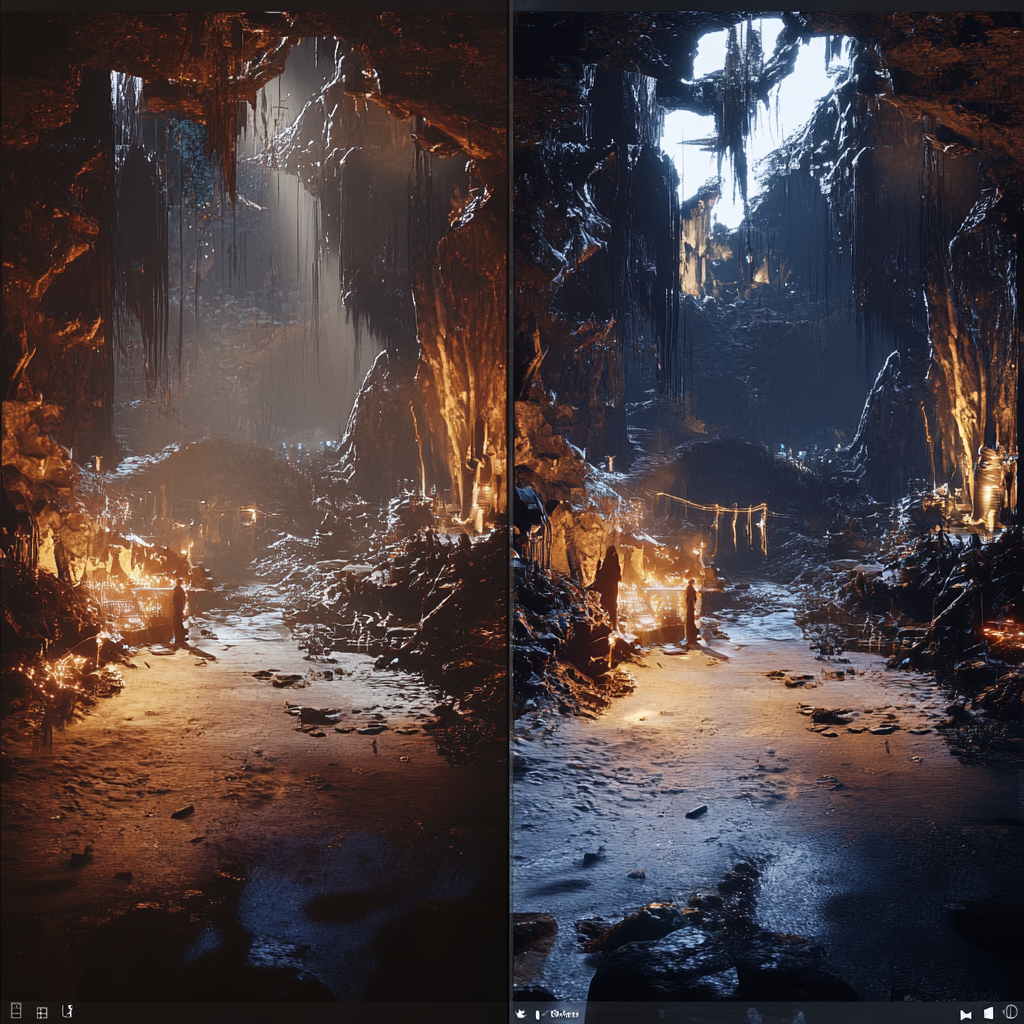How to Qualify Buyers Through Exploration Data

Buyers rarely tell you exactly what they want. But they show you—every second they spend on your site, every unit they explore, every view they revisit. The key is learning to listen. To qualify buyers through exploration data is to shift from guessing who’s serious to watching who’s already leaning in.
In traditional pre-construction sales, qualification relies on gut instinct and sparse forms. But when buyers interact with your digital offerings—especially unit-level previews—they reveal their intent in a language far richer than checkboxes. Their interest is measurable. Their curiosity, trackable. Their hesitations, visible.
This is more than just analytics. It’s behavioral insight. And it’s becoming one of the most precise tools in modern real estate.
What Exploration Data Actually Reveals

When a buyer zooms into a southwest corner unit three times in a week, that’s not casual browsing—it’s focused desire. When they linger on a 21st-floor plan but ignore lower levels, they’re telling you what matters. When they view a unit’s bedroom orientation but never its kitchen, you learn where emotional attachment is forming.
Exploration data captures the micro-decisions that define buyer psychology. Not just what’s clicked, but for how long. Not just what’s seen, but what’s returned to. These aren’t metrics—they’re signals. And in a landscape where real estate inventory is vast and choices are overwhelming, understanding these signals helps you surface the most qualified leads.
We dive deeper into this buyer behavior in “Why Your Buyers Are Not Seeing What You See”, where the gap between what’s shown and what’s felt often reveals the most actionable insights.
From Curiosity to Conversion: Scoring with Substance

Not all clicks are equal. A buyer flipping through 30 units in three minutes isn’t as valuable as one who studies three units in silence, returns twice, and bookmarks one. Exploration data allows sales teams to focus—not by volume of views, but by quality of engagement.
You can score buyers not by guesswork, but by their own patterns. Which unit did they watch a second time? Which window view did they enlarge? Which floor level did they repeat-click and compare?
These are not vanity metrics. They are behavioral breadcrumbs that tell you who is likely to move, and who is simply curious. The difference matters. Because with the right insight, you can prioritize the right conversation at the right time.
We explore a similar transformation in “From Marketing Asset to Product Feature”, where visibility tools evolve from attention-grabbers into decision drivers.
When Behavior Leads, Sales Follow

Qualifying buyers isn’t about filtering them out. It’s about seeing them more clearly. Exploration data helps sales teams step into the buyer’s timeline—not push them forward, but meet them where they already are.
When a lead lingers on a north-facing 2-bedroom, it’s not just information—it’s opportunity. It’s your cue to understand their needs, anticipate questions, and offer next steps with context. No cold outreach. No generic follow-up. Just precision, rooted in attention.
And when sales teams move with that level of focus, conversion isn’t a chase—it’s a conversation already halfway started.
Closing Reflection: The Clarity in Clicks

What if your buyers have already chosen their unit—they just haven’t told you yet? Exploration data is their voice, speaking quietly but consistently. When you listen closely, you don’t have to sell harder. You simply show up more intelligently.



